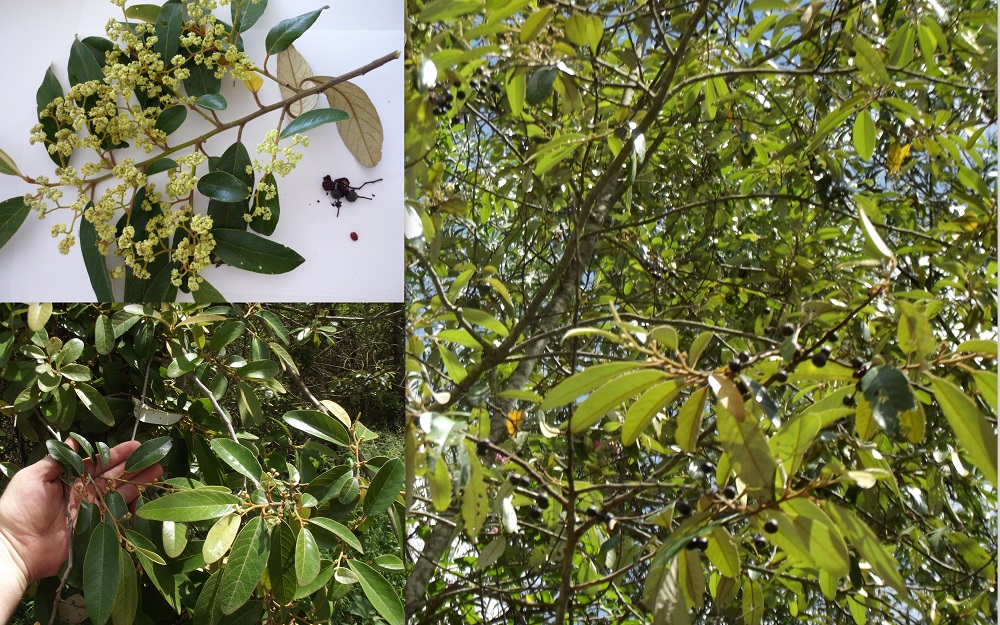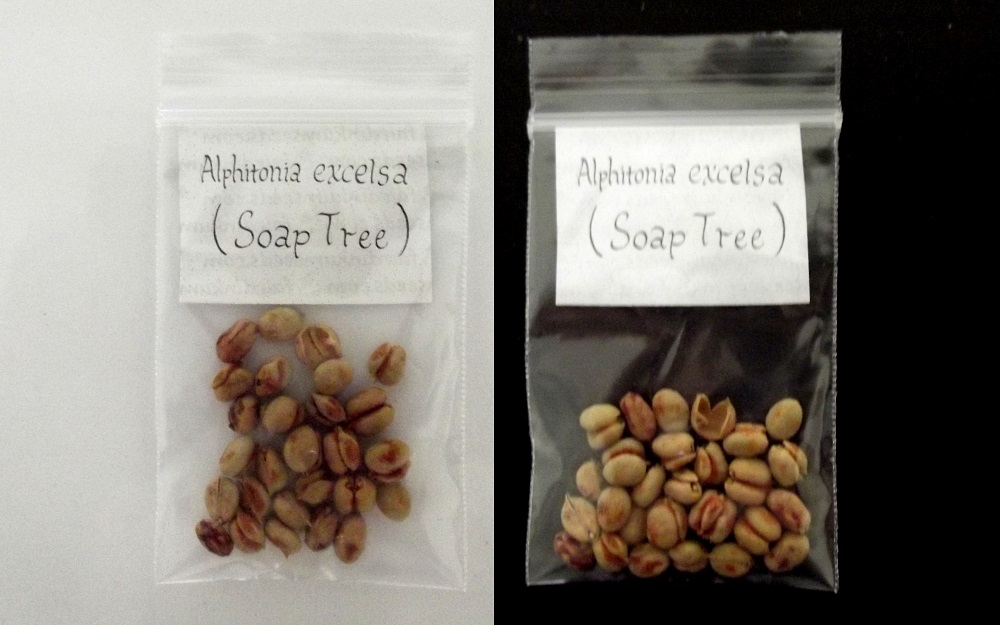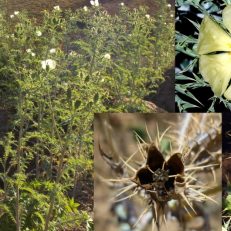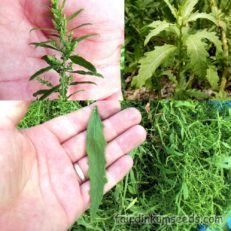Please read text!
Sarsaparilla Red Ash Soap Tree Alphitonia Excelsa Seeds
Packet of 15+ seed pods containing about 20 seeds!
Hard to find seeds of this pretty common Aussie species.
Elegant silver white backed leaves and small black berries.
Covered in small creamy white flowers.
New growth and shoots smell like Sarsaparilla, hense its other common name Sarsaparilla Tree, and it is the main food of Hypochrysops ignita or the fiery jewel butterfly.
Google it, she’s a beauty!
Crushed up leaves and berries can be used to stun fish.
Very effective, totally works.
You can even use it to wash your hands as a soapy substance is produced when crushed in water. Handy when I am out harvesting other root crops or resinous sticky bushfoods.
The following is info of traditional Aboriginal uses, most of which I have not yet tried.
Do some research before using yourself.
It contains “saponin” which is a natural form of soap/detergent, and has mild disinfectant, antibacterial, antifungal, antibiotic and antiinflammatory properties.
“The leaves can be crushed in warm water to make a bath for migraine sufferers. The juice of the root and bark can be gargled for toothache. Leaves applied to sore eyes.(due to the disinfectant, antibiotic and anti imflammitory properties I guess?). Young leaf tips and shoots chewed to relieve gastric cramping. Extract of plant used as a general tonic.”
It’s a useful drought fodder for stock, and makes a beautiful timber for cabinet making. It’s even good for fencing materials because of it’s durability.
Attracts the small native bees for miles! They love it, and often I see their nest set up near the tree.
On a final note I had better discuss germination.
When I get a heap of seeds and mix them into a big pots of soil the seeds come up in about one to three months, without any fancy treatment.
In recent trials using smoke treatment and GA3, both methods increased the speed of germination, but slightly decreased the overall success rate. More shoots in a couple weeks but less total shoots after a couple months.
Some folks really have trouble with these guys and I honestly have no idea why?
For me they are easy, the only hard bit being removing the shell from the germinating shoots. Sometimes their little hats get stuck, and you have to be careful not to snap the stems when you remove them. A couple days after they shoot and the hats have spread a little, giving them a gentle sideways crush with pliers generally pops them out unharmed.
So although I personally consider them very easy, a bit of a weed of my bush sourced potting mix actually, and I am constantly pulling out the shoots from where they don’t belong, please take note of the following.
You may have trouble.
They may not grow well for you and some Landcare and revegetation groups really struggle with them, so if in the end you had no success you wouldn’t be alone.
Consider them a gamble, and if you can’t afford to play just keep your $ in your pocket.
🙂
Grown by us organically, no nasties, no chems, no problems!!!




